The sensors in the Nissan Titan are obnoxious, but attention-getting
AI-powered object detection is a real boon – once you're used to the noise

It was a cascading symphony of beeps. I was driving a 2019 Nissan Titan truck, a hulking beast that could drive over a snowbank without blinking. Pulling out of my garage, a rain and snow mix pelting my driveway, I didn’t notice a shovel was sticking out a little... sideways.
Those beeps are slightly obnoxious, to be honest. Fortunately, you can adjust whether they scan around the truck with a near, medium, or far range. The Titan knows the difference between a shovel sticking out and someone walking past in a parking garage (thanks to moving object detection sensors), but in the future, vehicles will be able to scan even more specifically. In the age of distraction, human drivers will have to get used to the beeps.
All-seeing eyes
It’s going to be an adjustment for some. The sensors are important because it’s impossible to really know what is around you at all times. In my case, that day in the garage, I had no idea a shovel was sticking out. I didn’t see it in the rear view mirror or a side mirror.
As I’ve mentioned countless times in this column, artificial intelligence algorithms and lidar (light detection and ranging) sensors can scan in all directions at once, and they are always vigilant. I’m not. Early in the morning, half-asleep but running on autopilot (from a human perspective), I don’t always jump out and look around the vehicle every time before heading to work.
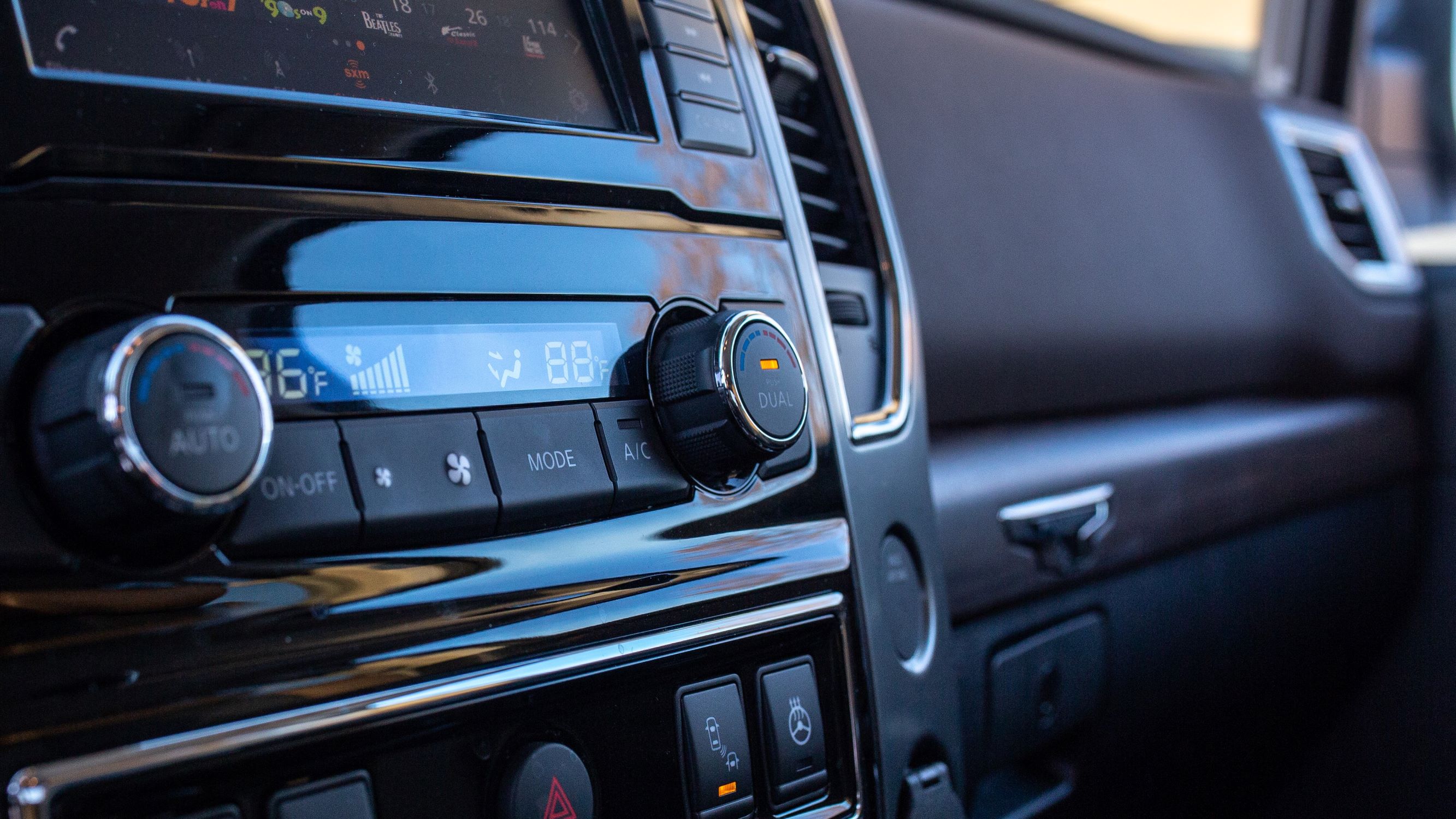
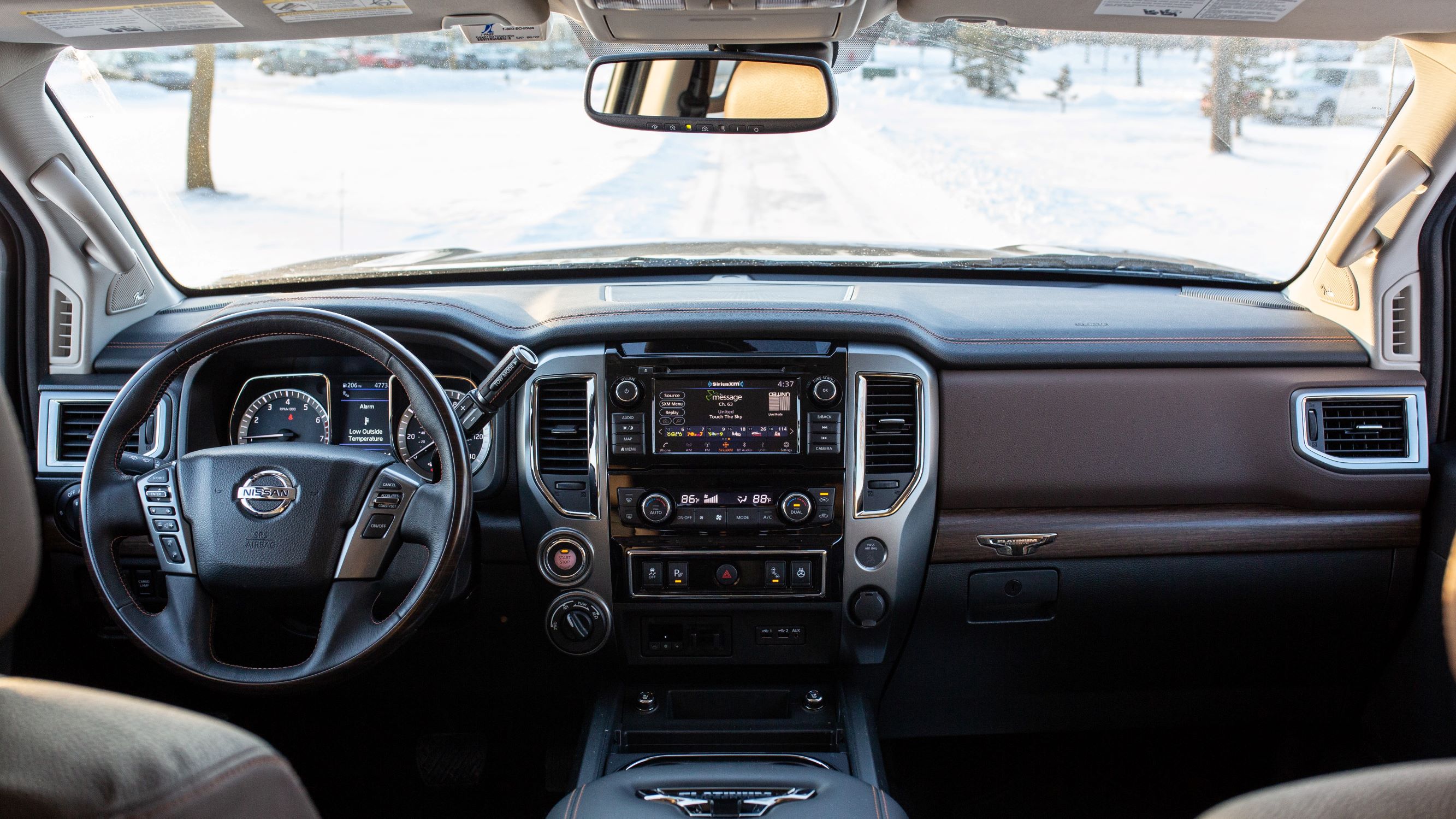

In the Titan, there are two large buttons that can help you disable the sensors as needed. One is a parking sensor button and one is a rear-cross traffic alert button. Both augment the Intelligent Around View Monitor system to spot objects (both moving and not moving) that could interfere with the truck at lower speeds (such as in a parking situation) and at normal speeds.
In practice, you hear the chime and see a warning light in the direction of the object. In my case, that shovel in my garage caused all of the beeping and, in the dash display, I saw a flashing green then yellow light. I stopped, jumped out, and moved the shovel.
Context matters
It’s invaluable, but it takes some time to adjust to your senses. I set the distance to far so that the beeps didn’t happen quite so often, but I could see that someone owning this truck who uses it in a construction yard or who is maneuvering around tight corners towing a trailer who would like to know about any possible impediments and judge if they are serious or not.
Sign up for breaking news, reviews, opinion, top tech deals, and more.
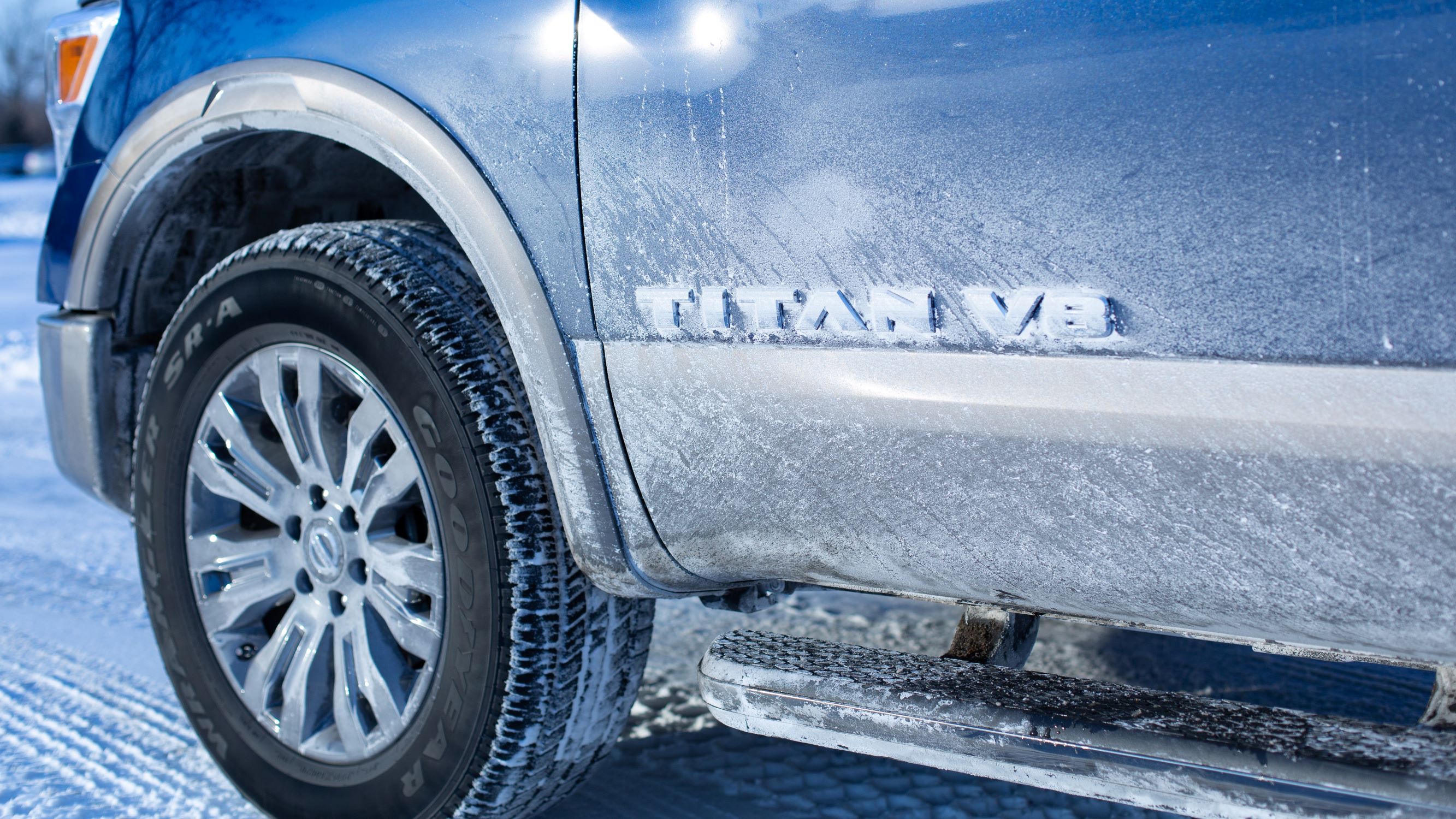

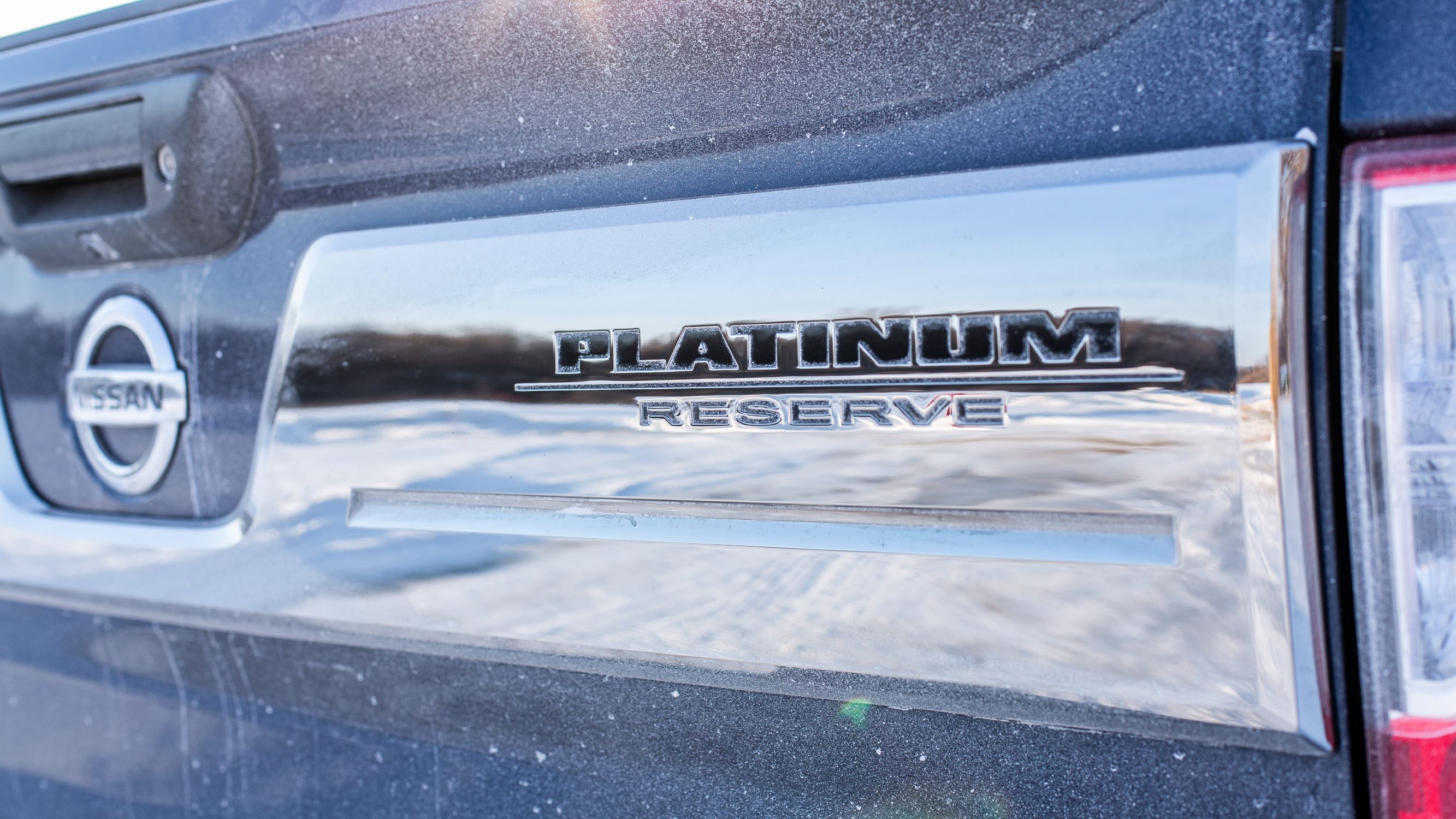
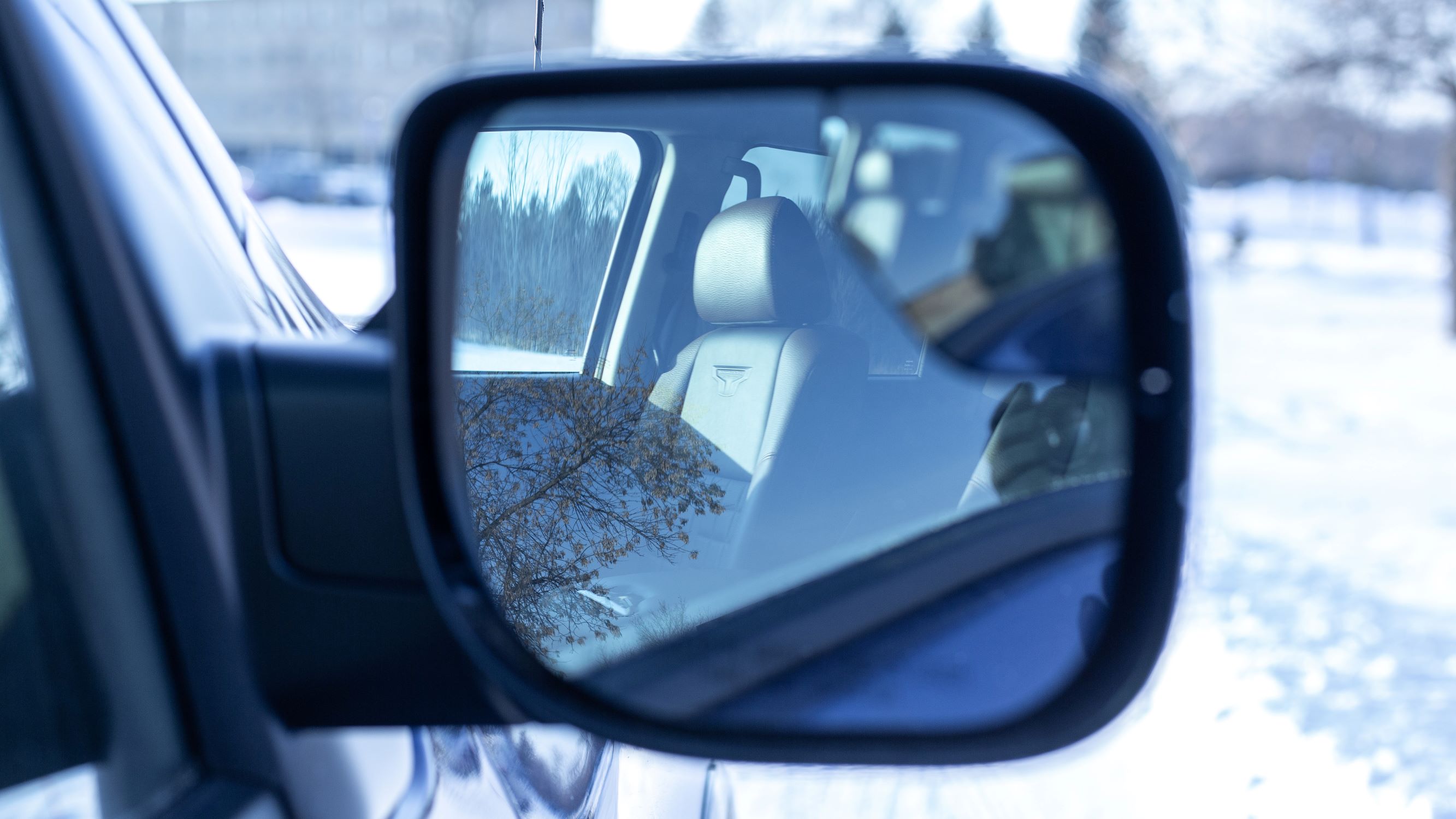
Future cars might use sensors that are much more refined. I can imagine a truck knowing if an object is a human or an animal (some Volvo, Mercedes, and Audi vehicles already detect the difference) but also knowing the speed of the object and if it will collide with the truck. In a construction yard, the truck might know a lot more about the surroundings and even take over the steering to avoid a nasty ding. Sensors would know if it is a plastic object or a metal barrier.
Many vehicles are already capable of intervening – some can steer away from an object, some will brake automatically – but few can tell the difference between a shovel and a fence.
The good news is that sensors (and the algorithms) will become even more refined, spot smaller object, judge whether a collision might occur, intervene even in tight spaces like a warehouse or your garage, or even decide that a little plastic object is no danger at all.

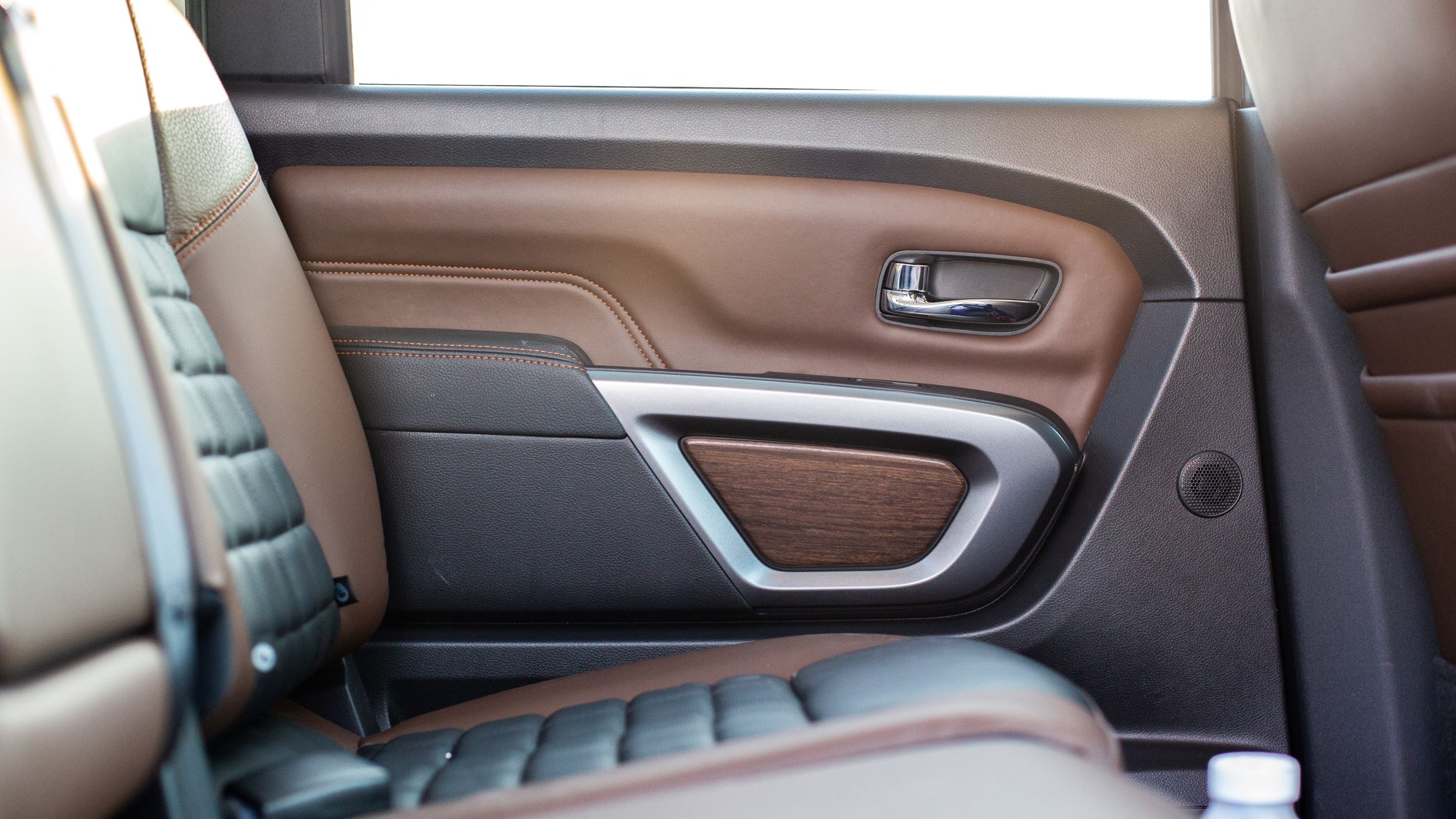
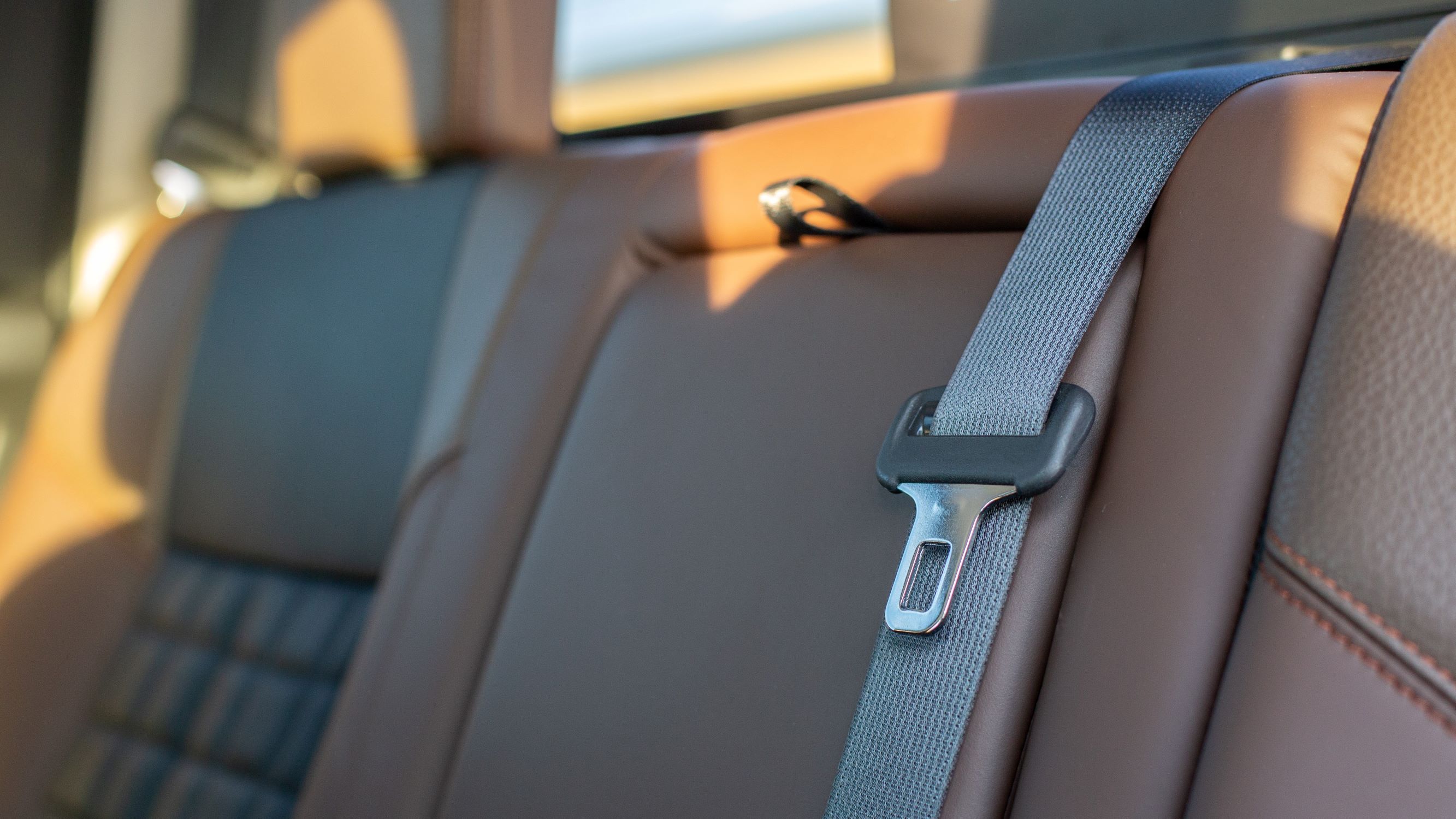

Computers always follow the same set pattern of instructions, day in and day out. In the Titan, that meant noticing the handle of a shovel blocking one of the tires below and to the right side of the truck. We might have to adjust to this future reality, when vehicles will feed more data to us than we can handle, but we will appreciate the intrusion. After a while, anyway.
On The Road is TechRadar's regular look at the futuristic tech in today's hottest cars. John Brandon, a journalist who's been writing about cars for 12 years, puts a new car and its cutting-edge tech through the paces every week. One goal: To find out which new technologies will lead us to fully self-driving cars.

John Brandon has covered gadgets and cars for the past 12 years having published over 12,000 articles and tested nearly 8,000 products. He's nothing if not prolific. Before starting his writing career, he led an Information Design practice at a large consumer electronics retailer in the US. His hobbies include deep sea exploration, complaining about the weather, and engineering a vast multiverse conspiracy.